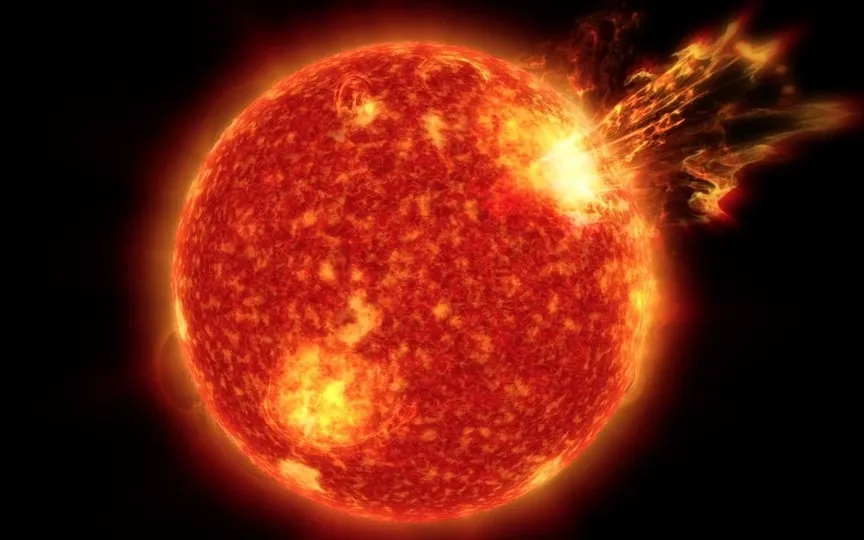Alert: X-class solar flare causes radio blackout over Pacific Ocean as solar storm approaches Earth
In recent days, the threat of a geomagnetic storm affecting Earth has been on the rise. This comes shortly after the planet experienced its most powerful solar storm since 2017, resulting in a 9-hour-long geomagnetic storm. The Sun has become more unpredictable in recent months as solar cycle 25 approaches its peak. With this peak approaching, NASA predicts an increase in solar phenomena such as solar particles, CMEs, solar flares, solar storms, and geomagnetic storms in terms of both frequency and intensity. NASA has now reported that a recent solar flare caused a radio blackout on Earth, prompting them to closely monitor solar storm activity.
X-class solar flare threat
According to forecasters at the National Oceanic and Atmospheric Administration (NOAA), the Sun will send off an X-class solar flare with sunspot AR3615. This flare hit Earth and ionized the top of its atmosphere. As a result, a shortwave radio outage was observed over the Pacific Ocean on March 28.
Following this solar flare threat, a CME has also been reported to emerge from the same location where X-class solar flares were ejected. NOAA forecasters are said to be modeling this data to predict a potential solar storm.
The report states: “Yesterday, the giant sunspot AR3615 caused another X1-class solar flare. The explosion on March 28 at 2053 UT ionized the top of Earth’s atmosphere and caused a deep shortwave radio outage in the Pacific Ocean: map. Of more interest is the CME emerging from the explosion site. NOAA analysts model the CME to check for a possible ground component.”
Increase in solar activity
This solar flare occurred at a time when the Russell-McPherron effect is currently in play due to the vernal equinox. This effect causes cracks in the Earth’s magnetic field, allowing even weak solar winds to penetrate. But why does it happen? According to NASA, this is due to the semi-annual variation of the effective southerly component of the interplanetary field. Thus, solar storms are observed more frequently during this period.




